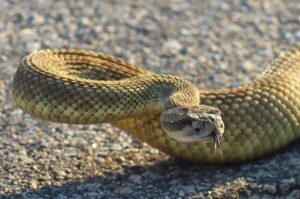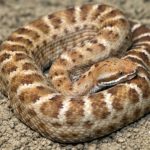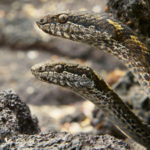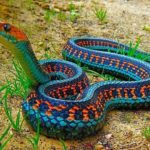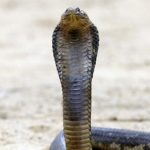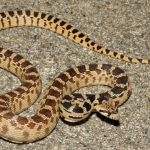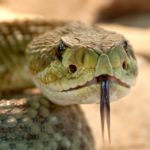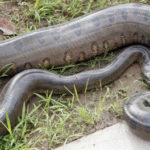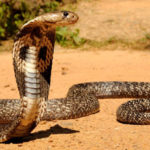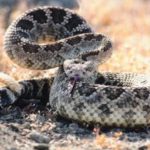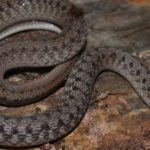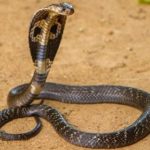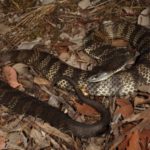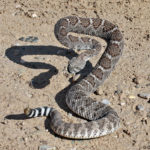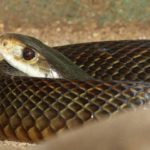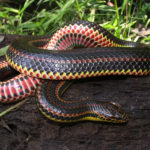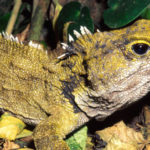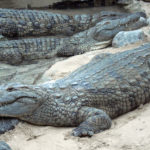Facts about rattlesnakes
 Rattlesnakes are poisonous. They produce a very strong poison, which destroys the cells of blood and blood vessels. The poison is used for hunting and protection from predators. The bite of a rattlesnake is deadly to humans.
Rattlesnakes are poisonous. They produce a very strong poison, which destroys the cells of blood and blood vessels. The poison is used for hunting and protection from predators. The bite of a rattlesnake is deadly to humans.- The South American anaconda grows to 9 m in length and reaches a weight of 250 kg. On earth, these reptiles are rather clumsy, and therefore inhabit the shallow rivers and swamps, spending most of the time in the water, where they can move faster. The eyes and nostrils of the anaconda are located on the top of the head, and these snakes hunt down prey like alligators, leaving the body beneath the surface of the water.
- Most snakes are relatively small, about a meter long. The extinct snakes of Titanoboa cerrejonensis were 12-15 m in length, but to date the longest reptile mesh python is about 10 m. On the other side of this line is a 10-centimeter crumb of Leptotyphlops carlae.
- Some snakes are immune to the poison of rattlesnakes. The royal snake eats poisonous snakes, including a rattlesnake.
- Their name comes from the rattle which is located at the end of the tail, thereby it warns the enemies of danger (the only species who does not have a rattle is a Catalan rattler).
- The maximum length of a rattlesnake reaches – 2.4 m.
- Rattlesnakes differ from other snakes by the presence of two thermosensitive (infrared) pits, which are located in the gap between the eyes and nostrils (because of these pits they are called also Yamkogolovymi, the more the rattlers belong to the subfamily “Yamkogolovye”). With the help of these pits, rattlesmen determine their prey (even in the dark) according to body temperature (snake victims have elevated temperature).
- Rattlesnakes live in North and South America.
- There are 36 species of rattlesnakes in the world.
- Rattlesnakes sometimes bite without secreting poison. This type of bite is called a “dry bite”.
- Rattlesnakes are excellent swimmers.
- Rattlesnakes are able to survive freezing.
